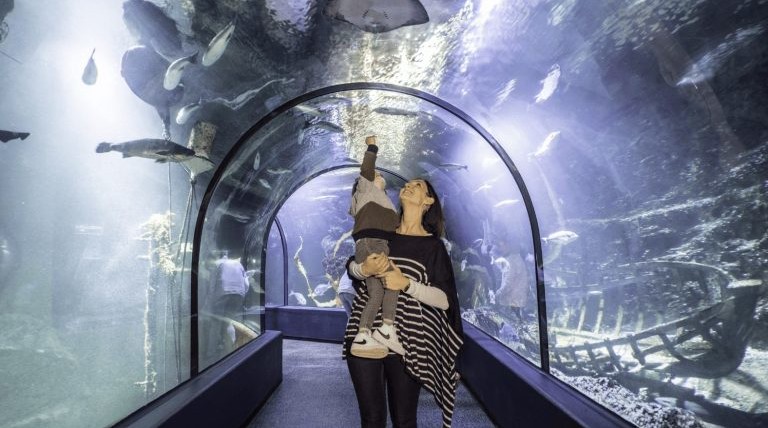
Ten days after a storm split one oil tanker in two and capsized another in the Black Sea, authorities in the Krasnodar region, in southern Russia, declared a regional emergency on Wednesday, December 25. The oil, which caused massive pollution along surrounding beaches and a heavy toll on some marine animals, continues to flow toward the coastline.
Sandy beaches covered in oil, birds and dolphins severely affected by this ecological disaster… the initial assessment of the oil spill was significant, but the situation was expected to improve, according to early calculations from scientists involved in managing the crisis. However, the weather conditions have taken a different turn.
While specialists had hoped that the main mass of oil would remain at the bottom of the sea, which would allow it to be collected from the water, recent warm air temperatures have instead favored the rise of petroleum products to the surface.
Driven by wind and waves, the oil ultimately ended up on the beaches of Anapa, a popular resort town, prompting the governor of Krasnodar region to declare a regional emergency, up from a municipal one just a few days ago.
An emergency crisis center dedicated to cleanup efforts has been established. In total, more than 256 square kilometers of the coastal area have been studied, and 25 tons of hydrocarbon sludge have been collected to date.


